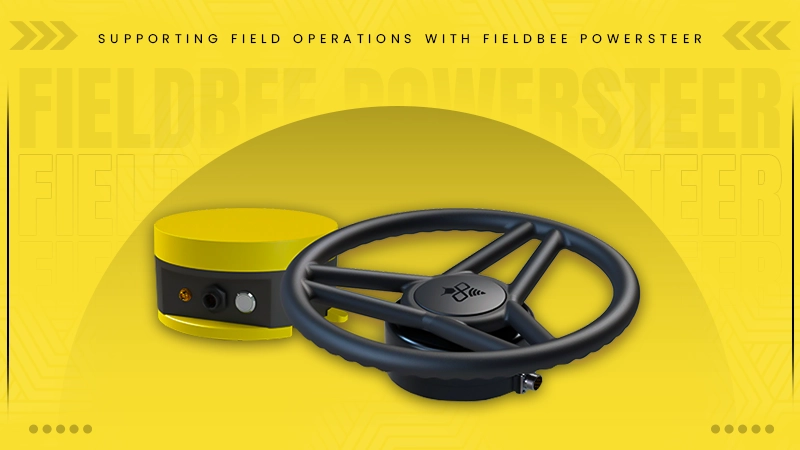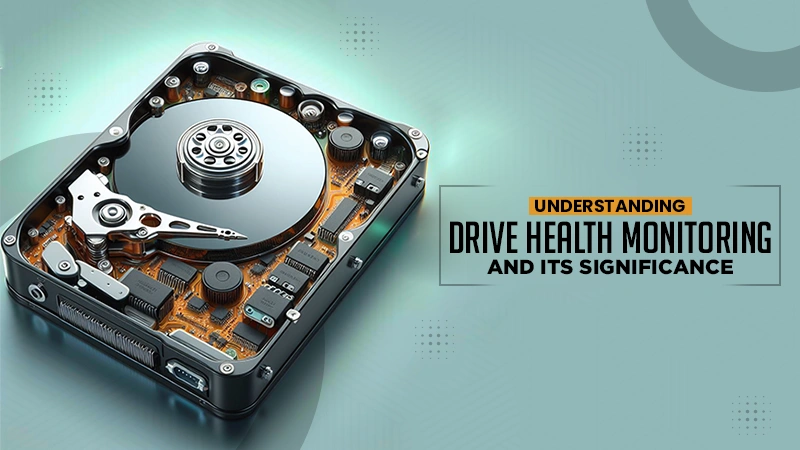The Evolution of Night Vision Camera Technology
Jump To Key Section
- The Origins of Night Vision Technology
- Key Developments in Early Night Vision Technology:
- The Transition to Digital Night Vision Cameras
- The Rise of Color Night Vision Technology
- How Does Color Night Vision Work?
- Color Night Vision Technologies Leading the Industry:
- AI-Powered Smart Features in Night Vision Cameras
- Future of Night Vision Camera Technology
- Conclusion
- FAQs
Did you know that night vision cameras aren’t a modern-day innovation? They’ve been around for more than half a century and have played vital roles in war. It has evolved, and now it is used in many ways. But why was it created in the first place?
According to ResearchGate, “Night vision technology was developed by the US defense department mainly for defense purposes, but with the development of technology, night vision devices are being used in day-to-day lives.”
For your better understanding, I’m writing this article featuring the evolution of night vision cameras and their practices in the digitized era.
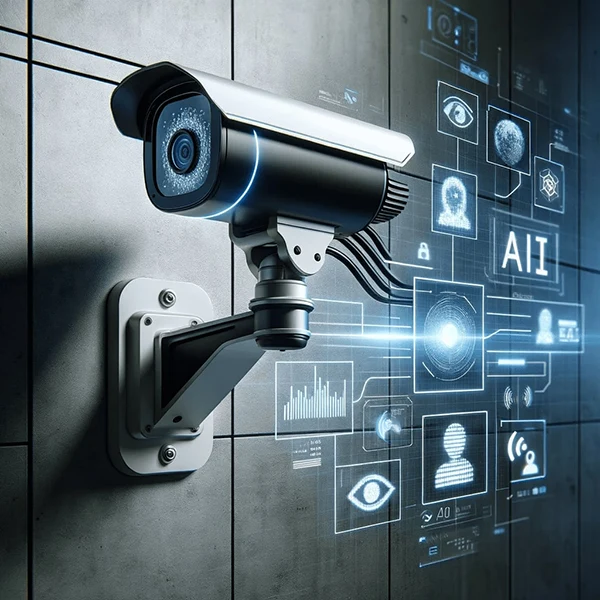
The Origins of Night Vision Technology
The concept of night vision dates back to World War II, when the first generation of night vision devices (NVDs) was developed for military use. These early devices relied on infrared (IR) illumination, meaning they required an external IR radiation source to function.
Key Developments in Early Night Vision Technology:
- First-Generation (1940s – 1950s):
- Used active infrared treatments with an external IR light source.
- They were used only for military applications, like tank-mounted scopes for the German and U.S. armies.
- Hard to use and carry because of their size.
- Second-Generation (1960s – 1970s):
- Introduction of image intensifiers, which amplify existing wavelengths without an external IR source.
- Compact design and portal, making it ideal for broader military use.
- Still expensive and unavailable to the public.
- Third-Generation (1980s – 1990s):
- Adoption of gallium arsenide photocathodes for clearer images.
- Used in law enforcement and high-end security surveillance.
- Satisfactory results in low light, along with improved visibility and sensitivity.
The Transition to Digital Night Vision Cameras
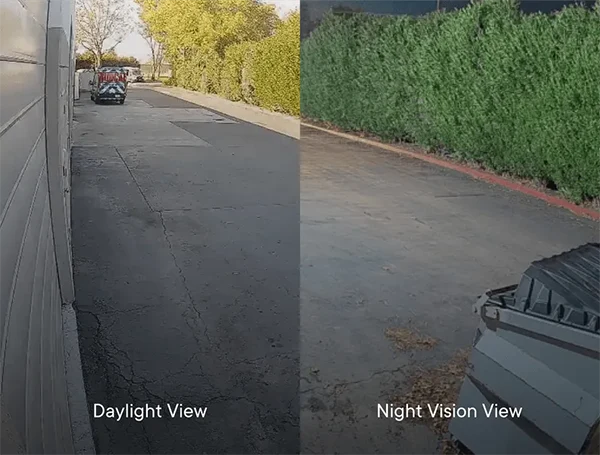
As technology advanced, night vision systems transitioned from analog to digital. This shift brought enhanced image quality, better storage capabilities, and integration with smart technology.
Key Innovations in Digital Night Vision:
- Infrared (IR) Night Vision:
- Still widely used today, these cameras rely on infrared LEDs to brighten dark areas.
- Only available in black and white footage but with great detailing and visibility.
- Works well in complete darkness, but requires IR emitters.
- Low-Light Image Sensors:
- CMOS and CCD sensors can capture images in dim settings without IR.
- Used in both defense cameras and smartphone night modes.
- Less noise and sharper images doing the perfect job.
- Thermal Imaging:
- Detects heat signatures instead of visible light.
- Effective for military, search-and-rescue, and wildlife applications.
- It Costs more in comparison to IR cameras.
- AI-Powered Detection Systems:
- The modern night vision camera is now integrated with artificial intelligence (AI) for motion detection, facial recognition, and behavior analysis.
- Defense is automated with trespassing and line-crossing detection.
The Rise of Color Night Vision Technology
While traditional night vision cameras captured only black-and-white footage, recent innovations have made color night vision possible.
How Does Color Night Vision Work?
Unlike older infrared night vision, Color Night Vision uses:
- Advanced image sensors that amplify available rays.
- Low-light-sensitive lenses that maximize photographic accuracy.
- AI-enhanced processing to sharpen details.
Benefits of Color Night Vision:
✅ Enhanced Clarity: It captures unbelievable details, which makes it easier to identify things like a person or vehicle.
✅ Better Situational Awareness: Doesn’t require a lot of light and works efficiently.
Color Night Vision Technologies Leading the Industry:

🔹 Light-Hunter Technology:
- Designed to capture clearer images in extremely dark conditions.
- Uses ultra-sensitive sensors to brighten footage without increasing noise.
🔹 Color-Hunter Technology:
- Enhances real-time visual capture at night.
- Uses smart processing to balance brightness and shading for vivid footage.
AI-Powered Smart Features in Night Vision Cameras
Modern night vision security systems aren’t just about visibility—they also incorporate AI to automate security responses.
Key AI-Powered Features:
- Trespassing Detection: Upon any unauthorized individual arrival, it sends a signal to the defense personnel.
- Loitering Detection: Identifies suspicious behavior when individuals remain in one place for too long.
- Crowd Detection: Can keep tabs on larger gatherings of people and look for any threats.
- Line Crossing Detection: Notifies when someone crosses a virtual boundary (e.g., a driveway or fence line).
- Proximity Alerts: Warns of approaching people or vehicles in real-time.
These features help businesses, homeowners, and law administrators respond quickly to potential threats without constant manual monitoring. In the infographic below, you can see what this device is most used to create by market segment.
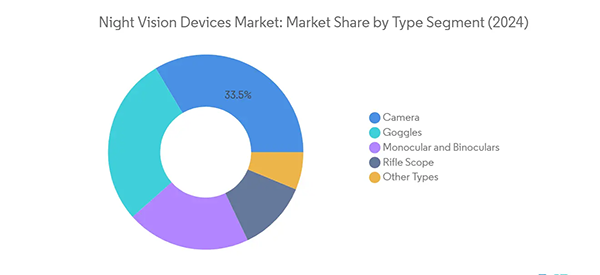
Future of Night Vision Camera Technology
As night vision gear continues to evolve, we can expect even more advancements in:
✅ AI-Driven Surveillance: Machine learning will be used to predict threats before they can cause any harm.
✅ 5G Integration: Faster transmission of high-quality night vision footage in real-time.
✅ Augmented Reality (AR) & VR Applications: Military will be met with advanced technology and assisted with AR headsets.
✅ Better Power Efficiency: New energy-saving technology will allow for longer battery life in wireless night vision cameras.
DID YOU KNOW?Modern night vision devices can amplify light by over 50,000 in comparison to previous generation devices which can only amplify it by 1000!
Conclusion
Night vision camera innovation has come a long way, from bulky infrared scopes to AI-enhanced Color Night Vision Cameras. Modern security systems, powered by Light-Hunter and Color-Hunter technologies, offer clear, full-color images in shadowy conditions—without the need for additional lighting.
With the rise of AI-powered features like Trespassing Detection and Proximity Alerts, night vision security is smarter, more reliable, and more effective than ever. As the industry continues to improve, the future of night vision cameras promises greater clarity, automation, and security integration.
If you’re considering upgrading your security system, investing in a digital night vision security camera is a game-changer for 24/7 monitoring and crime prevention.
FAQs
Ans:
Thermal (IR) night vision captures black-and-white footage using infrared LEDs, while chromatic night vision enhances available radiation to produce multicolored images in low-light conditions.
Ans: Most require some ambient natural light (such as streetlights or moonlight). However, advanced models like those with Light-Hunter technology can capture clearer images even in very dark environments.
Ans: No, they are also used for wildlife assessments, military applications, search-and-rescue missions, and outdoor outings.
Ans: Yes, modern night vision security cameras are specifically built for continuous recording, switching seamlessly between day and night modes.
Ans: Look for high resolution, visual aspect night vision, AI-powered motion detection, smart alerts, and weatherproof design for outdoor use.


